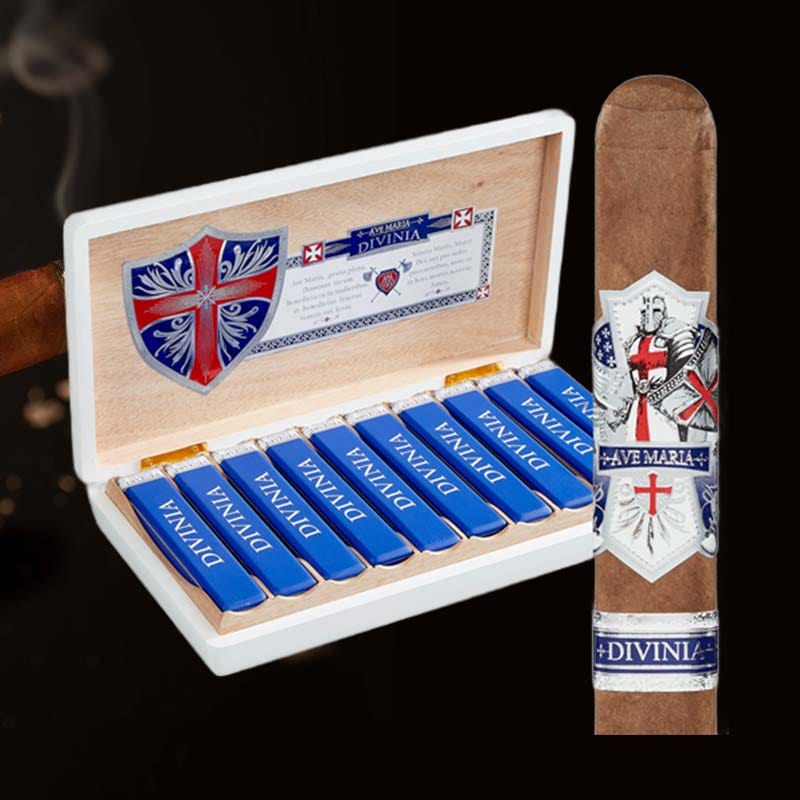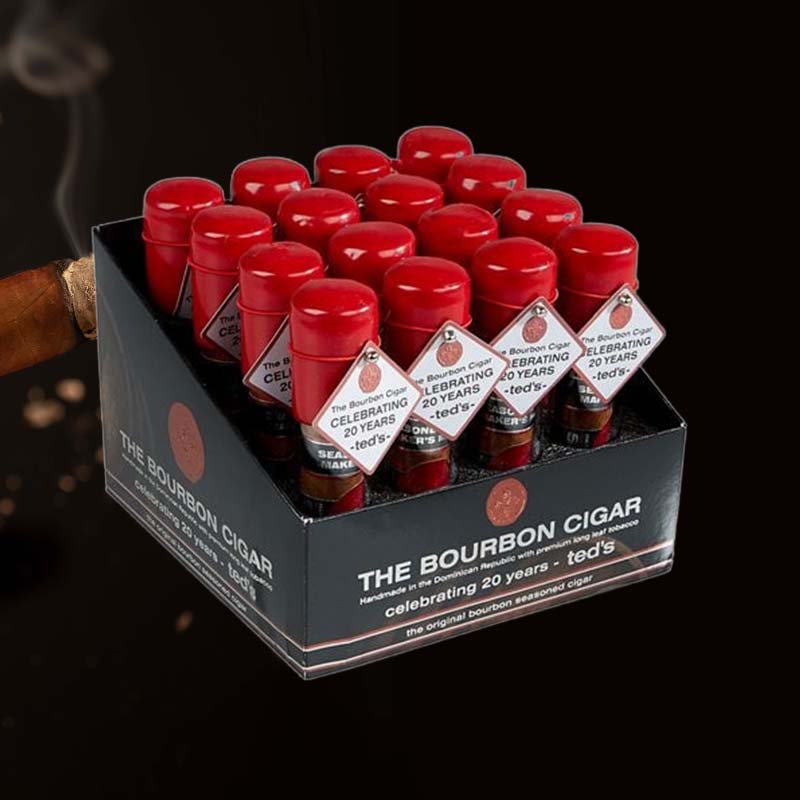How to fix a torch lighter that won't stay li
Introduction: Fixing That Jet Lighter You Love
There’s something special about my torch lighter; it’s not just a tool for lighting up my cigars but a companion for countless moments. That’s why it’s incredibly frustrating when it just won’t stay lit. I’ve felt the frustration when I’m sitting outside, preparing to light up after a long day, only to be met with a stubborn, flickering flame. Luckily, with a little patience and the right guidance, fixing my torch lighter turns into an enriching experience. Let’s dive right into how to bring it back to life!
Understanding the Importance of a Functional Torch Lighter
A functional torch lighter is more than a mere accessory; it’s a vital part of any cigar enthusiast’s toolkit. When my lighter fails, it interrupts those cherished moments of solitude or camaraderie. It’s essential to address any issues with my lighter promptly so I can enjoy my cigars without a hitch.
Step 1: So What You’ll Need for This
Tools and Materials Required
- Small screwdriver set
- Butane fuel
- Compressed air canister
- Cotton swabs
- Lint-free cloth
- Isopropyl alcohol
Gathering these tools makes the process smoother and ensures that I can diagnose and fix any issue with my torch lighter efficiently.
Step 2: Ok Diagnosis Time Doctor
Identifying Common Issues with Torch Lighters
- Fuel Levels: Ensure there’s enough butane in your lighter.
- Clogged Jet: A dirty jet can prevent ignition.
- Misaligned Parts: Parts may need realignment.
- Ignition Mechanism: Sometimes the spark module needs adjustment.
Identifying these issues will help narrow down what needs fixing and allow me to approach the situation with a clearer mind.
Step 3: Opening Your Lighter Up
Safe Methods for Accessing Your Torch Lighter
I always start by ensuring that the lighter is cool and free from fuel. Using a small screwdriver, I’ll gently remove any screws and carefully pry apart the casing. It’s crucial to handle the internal components delicately to avoid any damage.
Step 4: Adjusting the Spark
How to Modify the Ignition Mechanism
If my lighter sparks but won’t ignite, I’ll focus on the ignition mechanism. I can often adjust the spark wheel or electrode to ensure they’re making contact. A simple twist or turn can sometimes resolve the issue.
Step 5: So I Did That, But I’m Not Getting Anywhere
Troubleshooting Further: What to Check Next
When I seem stuck, I check for other possible culprits like fuel delivery. If the lighter still won’t light, I inspect the fuel line for blockages or leaks.
Step 6: Putting It Back Together
Reassembly Instructions for Your Torch Lighter
After making adjustments, it’s time to put everything back together. I’ll align the casing just right and ensure all screws are tightened appropriately. This step is crucial for the lighter to function properly again.
Step 7: I Do Believe We’re Done
Testing Your Lighter After Repairs
With everything reassembled, I step outside, take a moment to breathe, and give my lighter a flick. Witnessing that steady flame pop up brings waves of satisfaction and relief!
Common Lighter Issues and How to Fix Them
Quick Fixes for Frequent Problems
- Weak flame: Check for low fuel or a dirty nozzle.
- Fuel leaks: Inspect rubber seals and tighten screws.
- Cleaning: Use a cotton swab dipped in isopropyl alcohol around the jet.
Troubleshooting Steps for Specific Issues
1. Lighter Sparks but Won’t Light
If I see sparks but no flame, it often means the fuel isn’t making it to the nozzle. I check the fuel level and ensure there’s no blockage.
2. Weak Flame
A weak flame could indicate low butane levels or a clogged jet. I would refill the lighter and clean the jet to resolve this.
3. Lighter Leaks Fuel
A fuel leak can be dangerous; I make sure to check for cracks or loose parts. Tightening screws or replacing seals often fixes this issue.
4. Out of Fuel Troubleshooting
Sometimes it’s just a case of an empty tank! I refill it and let the pressure equalize before attempting to relight.
5. Cleaning for Optimal Performance
Regular cleaning with compressed air and isopropyl alcohol will keep my lighter in top-performing shape, preventing any buildup that could hinder functionality.
6. Hissing Sound Diagnosis
A hissing sound might indicate a fuel leak. I’d take immediate action to either tighten connections or replace gaskets to keep things safe.
7. Dampness Effects on Functionality
If my lighter has been exposed to moisture, I dry it thoroughly. Moisture can obstruct the ignition system, and a good dry-out usually fixes the problem.
Preventive Measures for Torch Lighter Maintenance
How to Keep Your Lighter in Top Condition
To avoid recurrent issues, I make it a habit to clean my lighter regularly, refill before it runs completely dry, and store it in a cool, dry place. This simple maintenance routine keeps my lighter reliable and always ready for a smoke.
FAQ
Why does the flame on my torch lighter keep going out?
There’s likely not enough fuel, or the jet may be clogged. I always check these areas first to troubleshoot.
Why is my torch not staying lit?
It could be due to an issue with the ignition system or insufficient fuel delivery. Checking these components usually resolves the problem.
How do you fix a butane lighter that won’t stay lit?
Start by ensuring it has fuel, then clean the nozzle and adjust the ignition mechanism as needed.
Why won’t my torch hold a flame?
If the torch won’t hold a flame, I usually find that fuel delivery is blocked or the spark mechanism isn’t functioning properly.
















